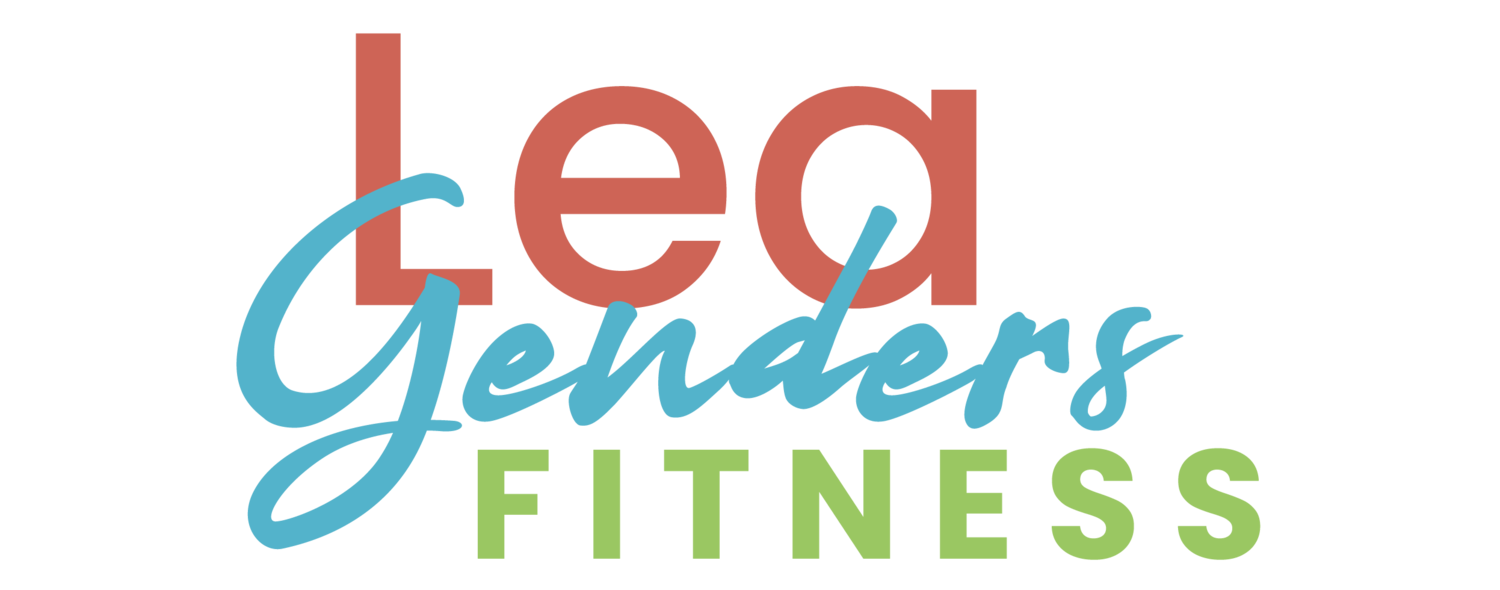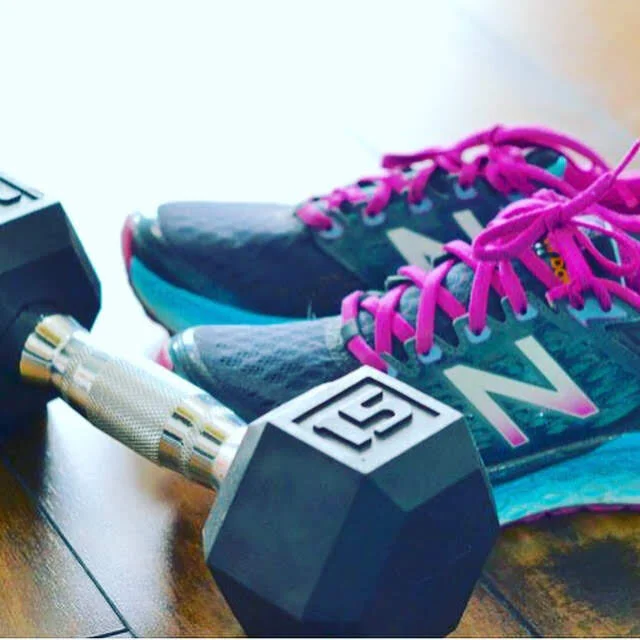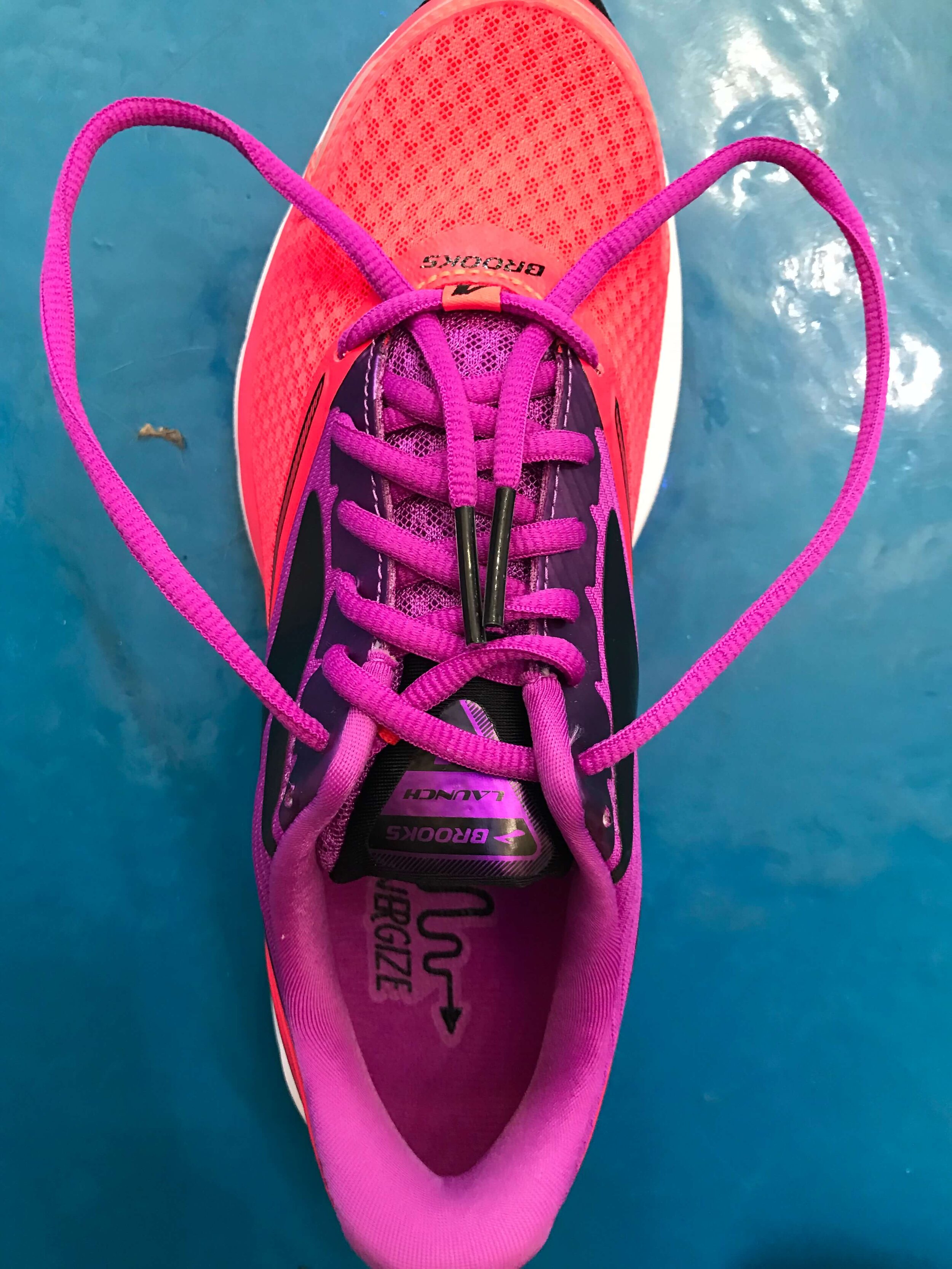Last week was rough. You may recall I gave up coffee as my weekly healthy habit in order to reset my caffeine tolerance. It is something that I do occasionally when my caffeine intake increases a lot and I realize that my morning cup (errr...I mean pot) of coffee just makes me feel normal rather than giving me an energy boost. It's an simple fix, give up caffeine for about a week to reset, then slowly introduce caffeine back into your diet. I said simple, not easy.
I felt like crap all week. I was fine Monday morning, but by Monday evening the headaches started. I was cranky, irritable, unfocused and wasn't managing stress well (and it turned out to be an unusually stressful week). It took five solid days to feel normal, but once I got over the withdrawal symptoms, I felt clearer and better than ever. I think I am going to stay off coffee for one more week before I reintroduce it.
I was surprised to find that I enjoyed drinking my mint, caffeine-free tea in the morning as much as my coffee. I'm sure I will introduce coffee back into my diet eventually, but for now I am going to stay off caffeine.
WHAT IS MINDFUL EATING?
I may have mentioned that I am studying sports and exercise nutrition with Precision Nutrition. It is an amazing course and I am learning so much about the science of nutrition and lifestyle coaching. I should be able pass my exam by the end of April and I am introducing my nutrition and healthy lifestyle coaching services starting in June.
In lifestyle coaching one of the key principles is to start with basics. It sounds like common sense (or un-common sense as hubs likes to say), but so many people are worried about supplements, meal timing and macro splits but don't have basic nutrition and healthy lifestyle habits in check. It sounds more exciting to try intermittent fasting or the ketogenic diet, and there is nothing wrong with those things in theory (possibly under the supervision of a Registered Dietitian), but if you are sleeping five hours a night and binge eating or drinking on the weekends, there are more important things to tackle first.
Mindful (or intuitive) eating is one of the easiest ways to regulate intake and calorie balance because our bodies tells us what it needs. But because of our busy, technology-driven lifestyles, most of us (including me) have lost touch with the signals our body sends to tell us when we're full or hungry. We eat based on the time of day or our emotions and we clean our plates regardless of fullness signals.
A lot of us were brought up to clean our plates at dinner. My dad used to joke that I had to finish dinner or send the leftovers to a starving kid in Africa. (That's probably politically-incorrect to say now, but it was the 80s) We were taught not to be wasteful, but perhaps we should have been taught to listen to our body's signaling cues of hunger and fullness.
Enter modern day technology and our hectic lifestyles and it got worse for all of us. Not only were we not listening to our bodies natural cues, but we were scarfing down food in the car on the way to work, or in front of the computer or TV. We lost our ability to sense hunger cues and we stopped enjoying our food. Yes, food is fuel, but food is meant to be savored and enjoyed. It's hard to do that while you're scrolling your Facebook feed over breakfast (I am as guilty as anyone).
Our bodies have built in signally cues to tell us what it needs. If we eat when we are not hungry and don't stop eating when we are physically satisfied, we can end up with a less than ideal body composition and overall health.
5 TIPS FOR MINDFUL EATING
1. EAT SLOWLY
If you eat too quickly, your body doesn't have time to send the fullness signals to your brain and you may end up overeating or feeling stuffed 10-20 minutes later. There are several ways to tackle slowing down. One way is to time how long it usually takes you eat your meal, then try to add five minutes next time. Another way is to chew your food 20-30 times before swallowing. Try setting down your fork or taking a sip of water between bites. Choose the strategy that works best for you.
2. APPETITE AWARENESS
Hunger is a normal and healthy biological response. Fullness and satiation tells us when we've had enough. If we eat because it's a certain time of day, we are bored, upset or because of a habit (like always eating popcorn when we watch a movie on Friday night) then we might not be paying enough attention to our body's signaling cues.
When you sit down to eat a meal, before you take the first bite, ask yourself how hungry you feel. Just be aware of your appetite. When you are eating slowly try to notice when you start to feel full or satisfied. Stop eating once you've had enough. Notice how you feel after each meal. Just taking the time to think about it can help you get back in tune with your appetite.
3. AVOID DISTRACTIONS
Turn off the TV, put away the cell phone at the table and don't try to eat while working at your desk. If you are a distracted eater then it's harder to pay attention to your body's cues. Have you ever scarfed down a meal in front of the computer and didn't even notice or taste it? I have.
In our busy lifestyles it can be hard to do, but it is worth it to take the time to walk away from the technology and enjoy a meal. It's not to say you can never enjoy a meal while watching TV but it should be a conscious choice that is an exception, not a normal behavior.
4. SAVOR FOOD
Pay attention to the food you are eating. Smell it. Look it at. Examine the texture. Think about the ingredients in it. Take note of what you observe. Even if you are enjoying an indulgent meal, take it slow. Sometimes when we slow down and think about the food we are eating, we discover that we really don't even enjoy some of those unhealthy foods, we eat them because they are cheap and/or convenient. Enjoy your food, no matter what you are eating, healthy or not. Take the time to savor your food and relish every bite.
I am going to apply all these strategies this week. It will be a change for me to put away my phone and eat slowly. Will you also give it a try and let me know how it goes? If you are interested in nutrition and lifestyle coaching starting in June get your name on the pre-sale list for a reduced introductory price.
Playing catch up? Follow along with the 52 Healthy Habits series:
52 HEALTHY HABITS SERIES
week 1: Early to Rise
week 2: Track calories
week 3: Macro cycling
week 4: Morning pages (journaling)
week 5: Stop the scrolling (reading instead of social media)
week 6: Be a good student (take time for learning)
week 7: Strength Training 15 minutes per day
week 8: Eat more protein
week 9: Take a coffee break (break from caffeine)
Like this post? Please consider sharing.






























Discover the 5 stages of fitness progression—from building the habit to optimizing your routine. Learn how to stay consistent, make progress at your own pace, and create a sustainable fitness lifestyle without the pressure of perfection.